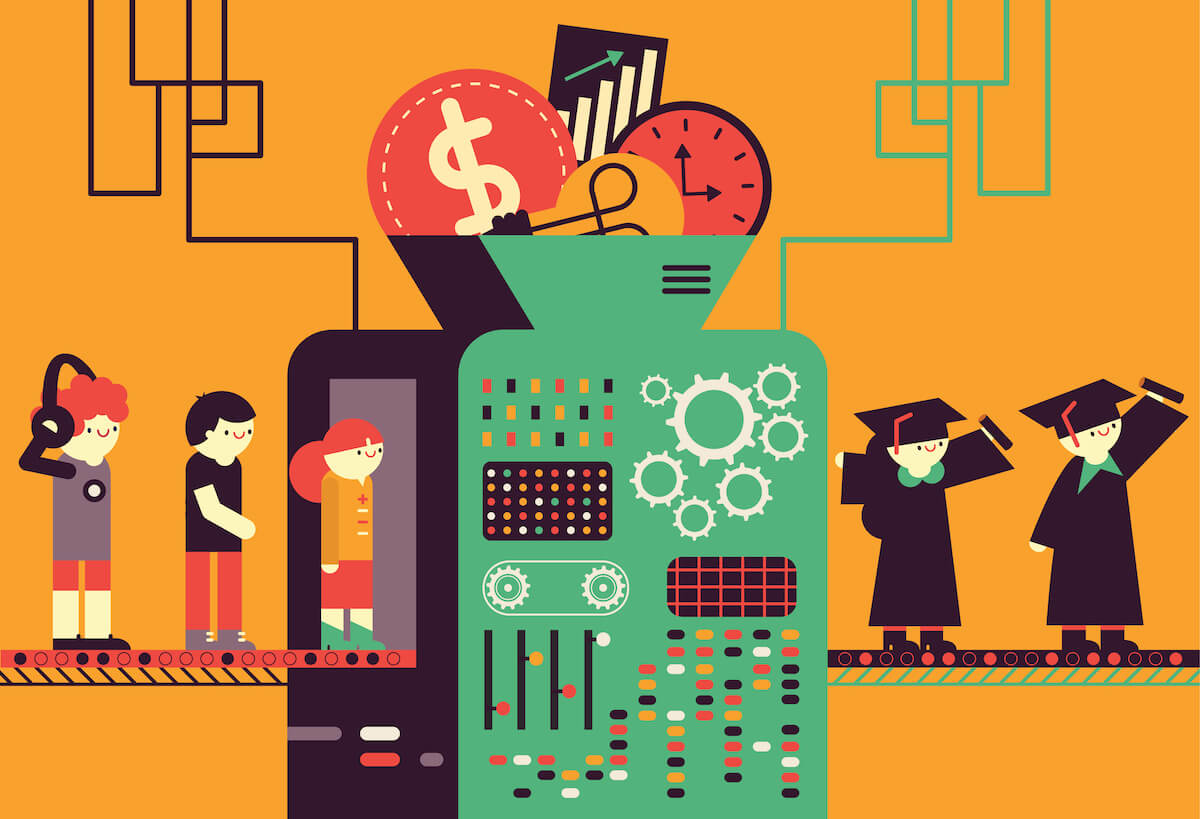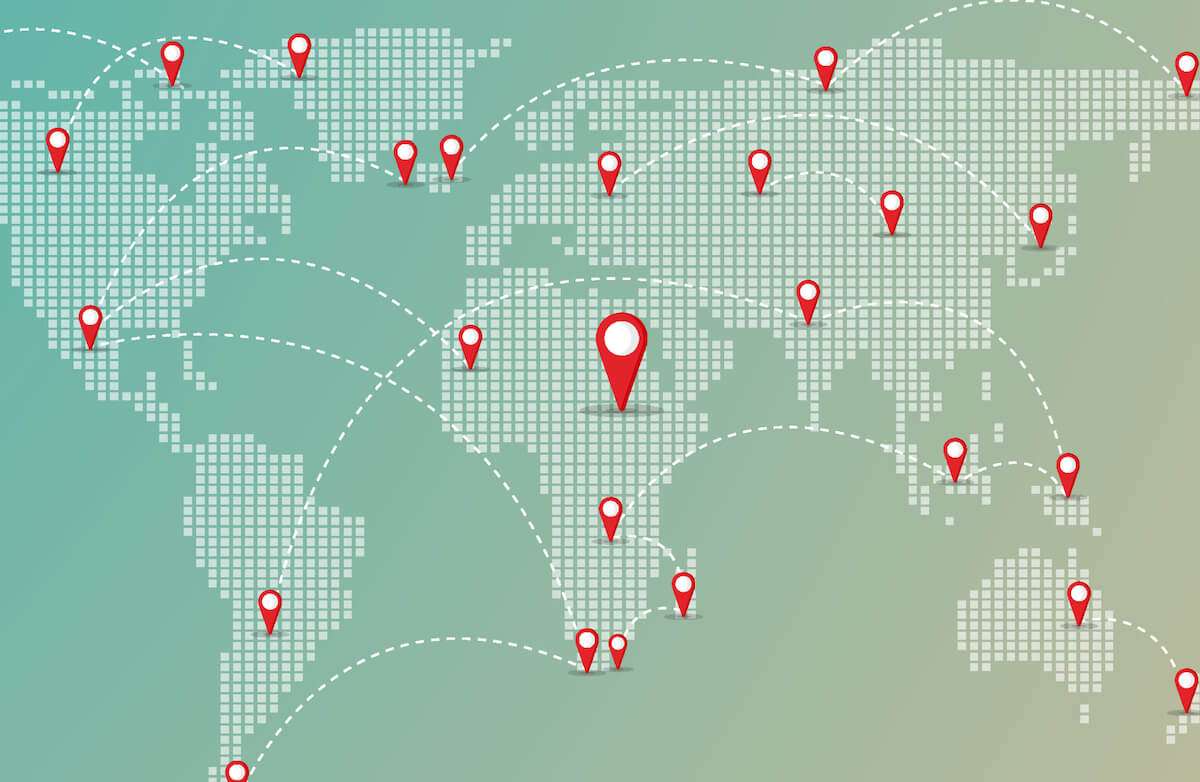When starting in impact investing or private equity, did you ever wonder where commonly accepted fund terms come from? Why are almost all funds 10 years +1 +1? Why is the management fee 2% with a carried interest of 20% over a hurdle of 8%? How can we apply this model, fully relying on financial incentives, to make impact investments?
Our goal at Wire Group is to work toward a conscious economy, one where terms are fair and represent an exchange of real value. The mainstream economic thinking that got us here won’t get us there. We must do more to interrogate assumptions like “that is how we have always done things” or “this is market practice” and challenge ourselves to think about the fairness, reasonability and proportionality of arrangements through which we invest our capital.
Fortunately, we’re seeing more impact fund managers doing that by adjusting the traditional private equity fund model to align better with their goals, using emerging tools like impact-linked carry, embedded impact and steward ownership.
Whale of a tale
Traditional private equity fund terms, when scrutinized, seem more random than rational. Why should a hurdle be 8% irrespective of the interest rate environment or cost of capital? Why is carried interest often only linked to financial outcomes; why is it set at 20% and not 15% or 25%?
The 20% standard carried interest rate apparently comes from the 16th century when ship captains would take a 20% share of profits from the “carried goods” to pay for transport and compensate shipping crews for the risk of sailing the oceans (think pirates, storms, diseases).
The same concept was used in the risky and uncertain business of whaling in the 19th century, when crews would receive a share of profits from landing a whale.
Private equity managers seemingly felt they faced similar risks when justifying earning 20% of the upside when they land a unicorn.
When impact investors entered the financial industry, they generally embraced the traditional PE/VC model—not necessarily because they believed it to be perfect for impact, but because raising money for impact can be difficult on its own, and even more so when changing the status quo of fund terms.
The traditional PE fund model has characteristics that are useful for impact investors: it enables the manager to have an influence on the management of the portfolio companies; it allows for the alignment of interest; and it enables fund managers to attract capital from investors who know this model.
The model, however, is fully focused on maximizing financial outcomes in the relatively short term, not achieving long term impacts.
A growing number of impact fund managers are iterating on—or altogether scrapping—traditional fund designs to align investment terms to their impact missions. Here are six emerging mechanisms we’re seeing from our peers and portfolio fund managers:
Impact-linked carried interest
A logical first tweak is to adjust the success fee, or “carry,” of impact funds to account for their dual target of creating impact and financial returns. A minority of impact fund managers have adopted impact-linked carried interest, but interest is increasing: new research from The ImPact reveals that most of those have done so just in the last two years.
A reason for this could be pressure from limited partners: the European Investment Fund, one of Europe’s largest investors, requires fund managers to link their carry to impact. Examples from Wire Group’s network include Ananda Ventures, which links 100% of its carry to impact and was the first fund in Europe to do so. Also: Blume Equity (tying 30% of their carry to impact), Rubio Impact Ventures (100% impact-linked carry), and the Drawdown Fund (50%).
We at Wire Group also use impact-linked carry for our two funds (50% and 100% respectively).
Bonus incentives
The same concept of incentive alignment can be applied to individuals working for a fund. Leapfrog Investments, an emerging markets impact investment firm, ties the remuneration of its employees to their impact key performance indicators.
This approach is more widely used among impact funds than impact-linked carry. Bluemark’s 2022 Making the Mark report finds that 31% of investors link their staff compensation to impact performance.
Embedded impact
Several fund managers are seeking other ways to safeguard the impact of their portfolio companies. Cross Border Ventures, a Canadian investor in healthcare for women and children, uses Impact Pledges to align the company’s management and other shareholders on impact KPIs. If the desired impact isn’t achieved, it invests a portion of its exit proceeds in aligned charities.
Rubio Impact Ventures in the Netherlands helps companies engrain an impact mandate into their statutes, which often the fund’s and founders’ approval to be amended. Rubio also has an external Impact Advisory Board to review and approve the impact KPIs of Rubio’s portfolio companies. These also form the basis for assessing Rubio’s impact-linked carry.
Another example is Planet A Ventures, which has a science team that performs and publishes Life Cycle Assessments for each investment.
Wire Group works to embed impact across our portfolio by calculating the Impact Multiple of Money—a measure we report on alongside our financials as part of our Multi Value Report. Like Cross Border Ventures, we also direct our carried interest to charities if we don’t meet our impact targets.
“Caring Capital”
Entrepreneurship is a hard and often lonely road. But venture capital typically takes a binary view of its portfolio companies: they succeed and exit, or they fail (approximately 75% fail).
Masawa Ventures, a European venture fund that invests in mental wellbeing, is redesigning the traditional VC model into what it calls “nurture capital.” It offers exit support to founders who don’t succeed with their startups. It also shares its carried interest among all founders in its portfolio, providing a bit of a safety net and aligning the portfolio to work towards joint success. The fund also provides mental health support for its founders.
Ananda Ventures in Germany supports founders through its founder mental health initiative, offering leadership coaching, HR assessments and resilience training.
Many other fund managers are providing this kind of support at the company level by adapting the traditional PE “value creation” model. LeapFrog Investments created LeapFrog Labs, a service that provides technical assistance for portfolio companies. Through Labs, the firm is able to support impactful interventions that may not yet be commercially investable.
Revising terms
There are benefits to the 10-year term of most PE/VC funds, but timelines do not work for all industries and phases of investment. Climate tech Climate Fund Managers and Just Climate have structured funds with longer investment timelines. Netherlands-based Aqua-Spark designed an evergreen vehicle so that they can build long-term relationships and create an ecosystem of companies in the sustainable aquaculture sector.
Blended finance
Blended finance, which layers different types of investment and grant capital with different risk tolerances, has helped impact investors direct money and derisk opportunities and sectors that commercial investors often avoid. Forms of such catalytic capital include first-loss tranches or guarantees, which decreases the downside risk for the senior investors, or a capped/limited upside, giving senior investors a larger share of returns.
Cross Border Ventures uses blended finance to catalyze investment in health solutions for women and children. Eversource’s Green Growth Equity Fund is using it to spur India’s energy and resource transition. The Global Fund for Coral Reef uses catalytic capital to support healthy oceans.
Rethinking shareholder models
All of the above are variations on the conventional shareholder model that are better aligned to impact investing’s vision and goals. Some investors are designing the model altogether.
Purpose Foundation in Germany invests in steward-owned companies—ones that legally enshrine self-determination and their purposes into their company charters. Its Purpose Evergreen Capital and Purpose Ventures funds support steward-owned companies’ unique missions with self-liquidating growth capital and other forms of capital that don’t require a sale or exit.
Wire Group is one such company. We converted to steward-owned cooperative earlier this year and now have our purpose anchored in the structure.
Our work as a fund of funds exposes us to new innovations that may contribute to a more conscious economy, and challenges us to implement such mechanisms and best practices ourselves. In our most recent fund, the Wire Thrive Fund, we implemented a “conscious contract” – a short, understandable contract based on trust – and 100% impact-linked carried interest. We also set up a Purpose and an Investment Council.
We’re encouraged by the increasing number of fund managers that dare to challenge the status quo of fund structures. Sharing and encouraging this innovation will help our industry move toward better market practice.
Ronald Janse is the chief of conscious capital at Utrecht, Netherlands-based Wire Group.











